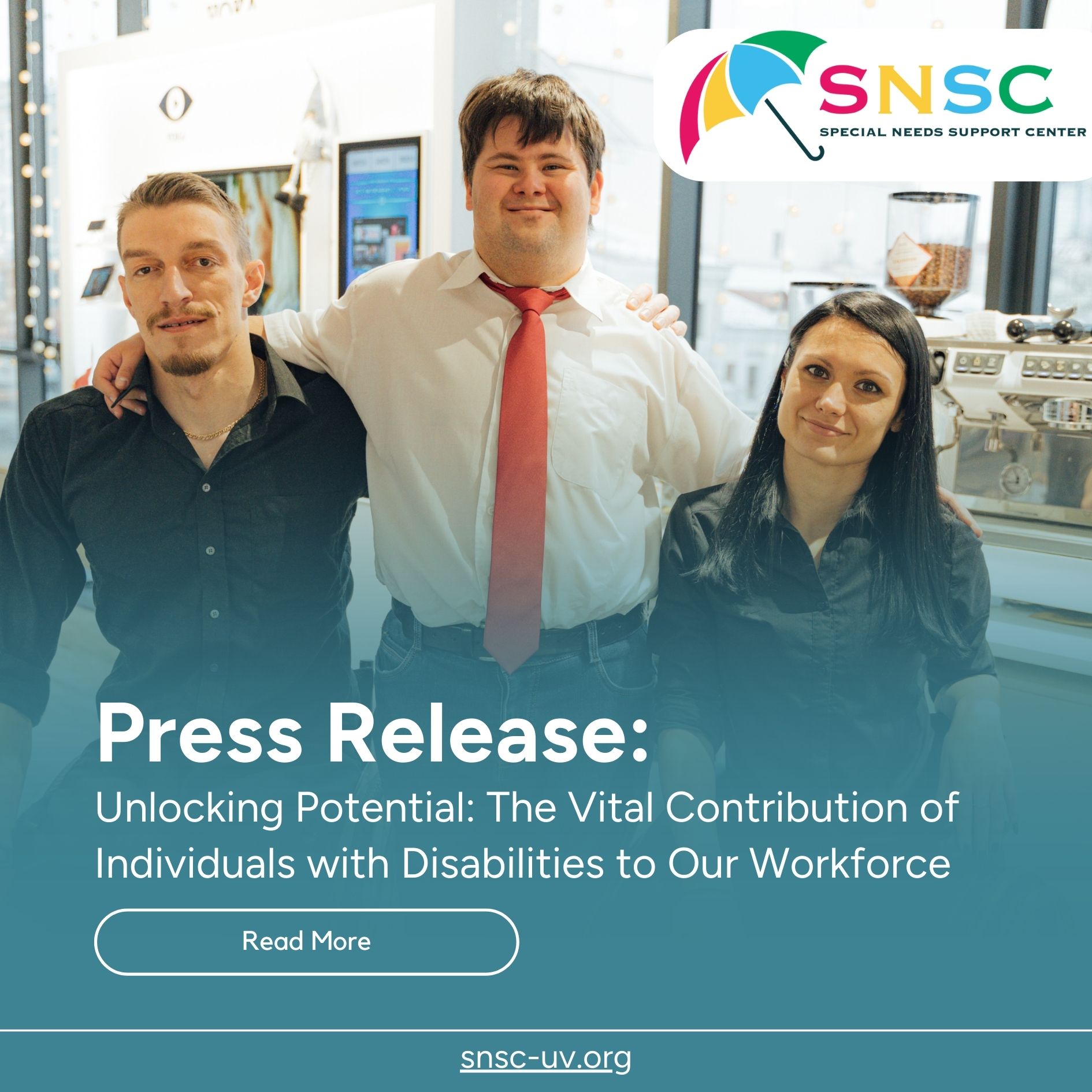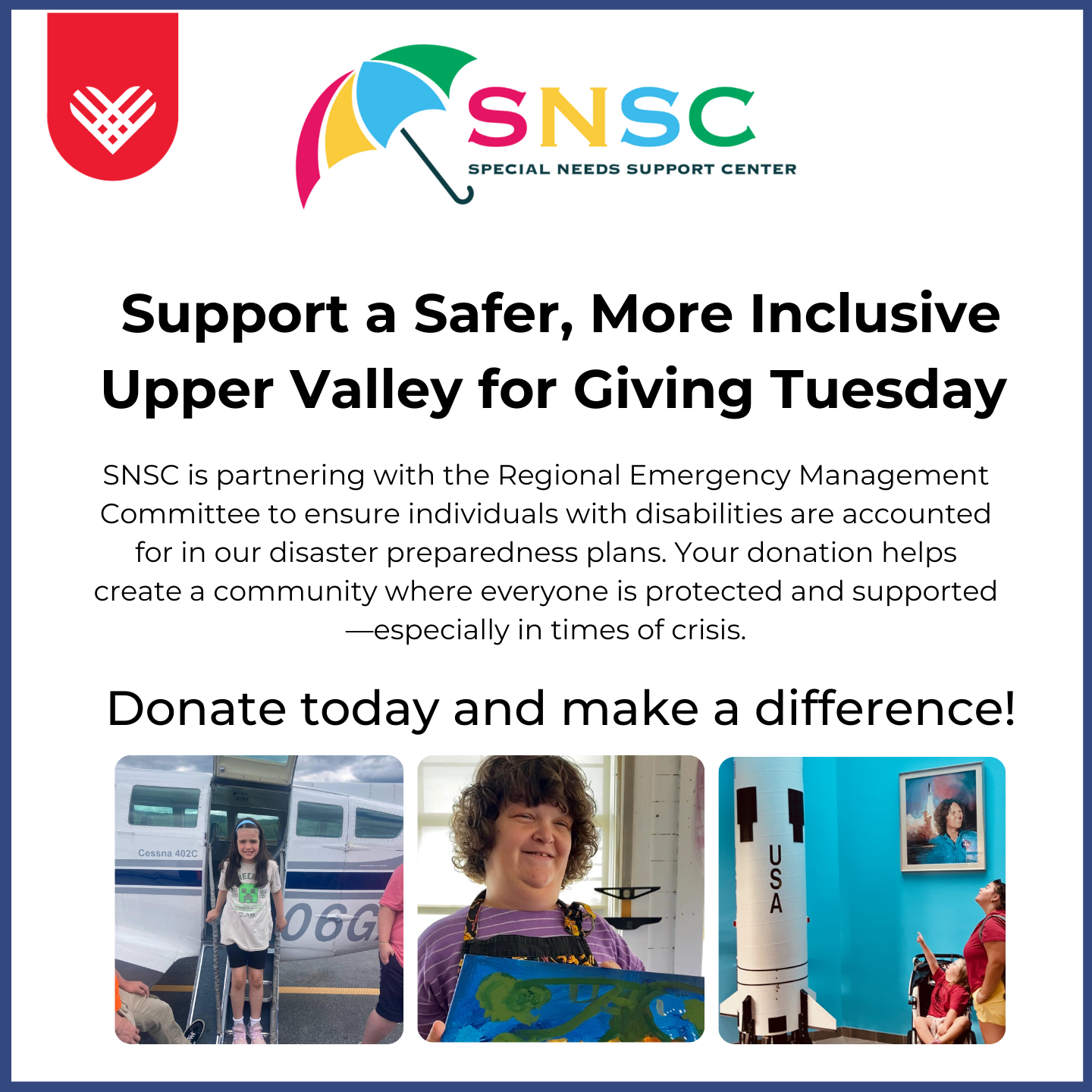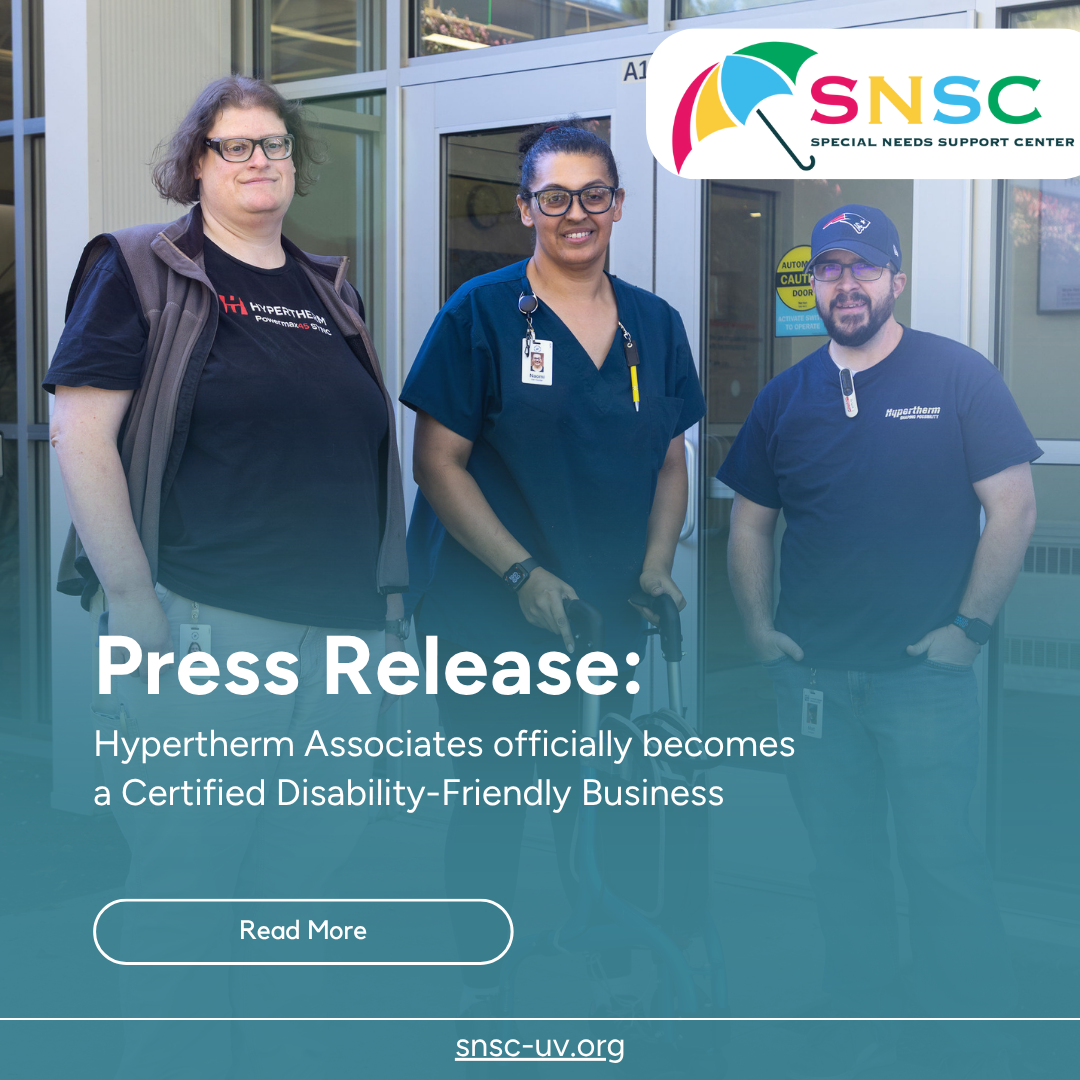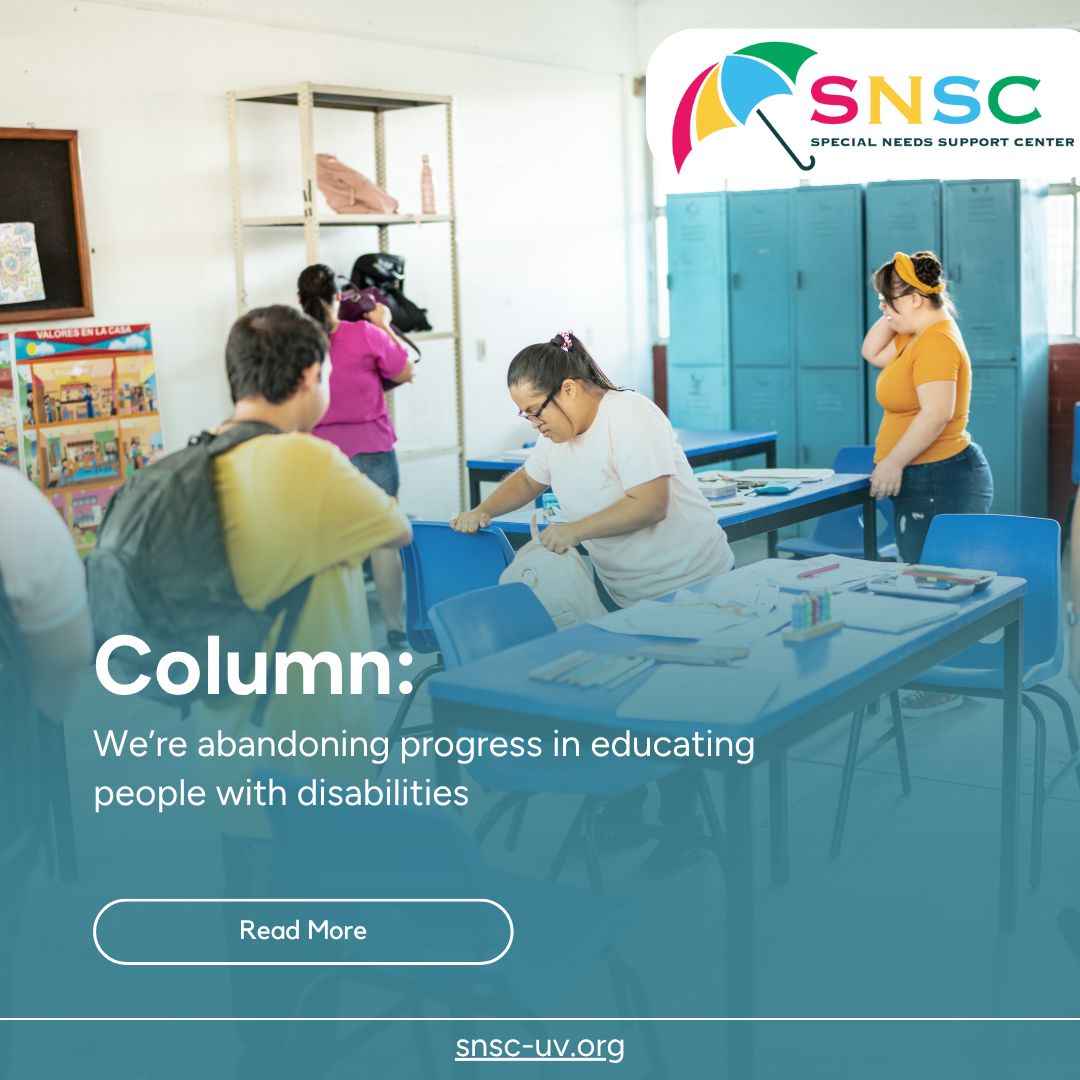White River Junction, VT – February 6th, 2025 – Individuals with disabilities make meaningful contributions to our workforce, both in the federal government and throughout our communities. In every sector, they demonstrate their pride, dedication, and capabilities, proving repeatedly that they are skilled professionals just like their non-disabled colleagues. They are hired based on their qualifications, expertise, and ability to succeed in their roles, challenging any misconceptions about their place in the workforce.
According to the U.S. Bureau of Labor Statistics, in 2023, the employment-population ratio for persons with disabilities was 19.1%, compared to 65.4% for those without disabilities. While these numbers reflect ongoing challenges, they also highlight the significant potential that exists within this group. Organizations that embrace diversity in hiring see firsthand the value that employees with disabilities bring to their teams, from increased innovation to enhanced problem-solving (U.S. Bureau of Labor Statistics, 2023).

The Federal Aviation Administration (FAA) is one example of an organization that hires with rigor and care, ensuring that Air Traffic Controllers and other key personnel are selected based on merit and qualifications. The FAA upholds strict standards for hiring, ensuring that every individual, regardless of ability, meets the qualifications necessary for the job.
As we continue to advocate for a diverse workforce, it’s important to remember that diversity in hiring goes beyond fulfilling quotas—it’s about recognizing and expanding the pool of talented individuals who bring unique perspectives and skills to the table. The push for more inclusive hiring practices isn’t about lowering standards; it’s about ensuring that every qualified candidate has the opportunity to contribute their talents, regardless of their background or ability.
It’s also important to challenge the stereotype that individuals with disabilities are hired without meeting the necessary qualifications. Such misconceptions can be harmful, reinforcing outdated ideas and ignoring the many valuable contributions that these individuals make every day. All employees—whether disabled or non-disabled—are hired for their skills and expertise, and every job is filled by those who are truly qualified for the position.
The statistics speak for themselves—companies that prioritize diversity and inclusion tend to perform better. A 2018 McKinsey report showed that companies in the top quartile for diversity were 35% more likely to have financial returns above their industry median (McKinsey & Company, 2018). Moreover, a study by Accenture revealed that companies embracing disability inclusion have 28% higher revenue and 30% greater profit margins compared to those that don’t (Accenture, 2018).
By encouraging a more inclusive approach to hiring, we are building stronger teams and more innovative workplaces, where diversity is seen as a strength, not a challenge. It’s time to continue pushing forward with the belief that a diverse, inclusive workforce benefits everyone and strengthens our communities. Let’s work together to ensure that every individual, regardless of ability, has the chance to reach their full potential and contribute to a thriving and dynamic workforce.
For more information about our services and programs, please visit our website at https://snsc-uv.org/programs/. Feel free to contact us at 603-448-6311 to speak with a representative or learn more. We are committed to promoting diversity, inclusion, and equal opportunities for all.
Media Contact:
Tony Strat
Director of Marketing and Development
Support Center for Special Needs
(603) 448-6311
Tony@snsc-uv.org
Sources:
- U.S. Bureau of Labor Statistics. (2023). Persons with a Disability: Labor Force Characteristics – 2023. U.S. Department of Labor. https://www.bls.gov/news.release/disabl.nr0.htm
- McKinsey & Company. (2018). Delivering through Diversity. McKinsey & Company. https://www.mckinsey.com/business-functions/organization/our-insights/delivering-through-diversity
- Accenture. (2018). Getting to Equal: The Disability Inclusion Advantage. Accenture. https://www.accenture.com/us-en/insights/disability-inclusion




